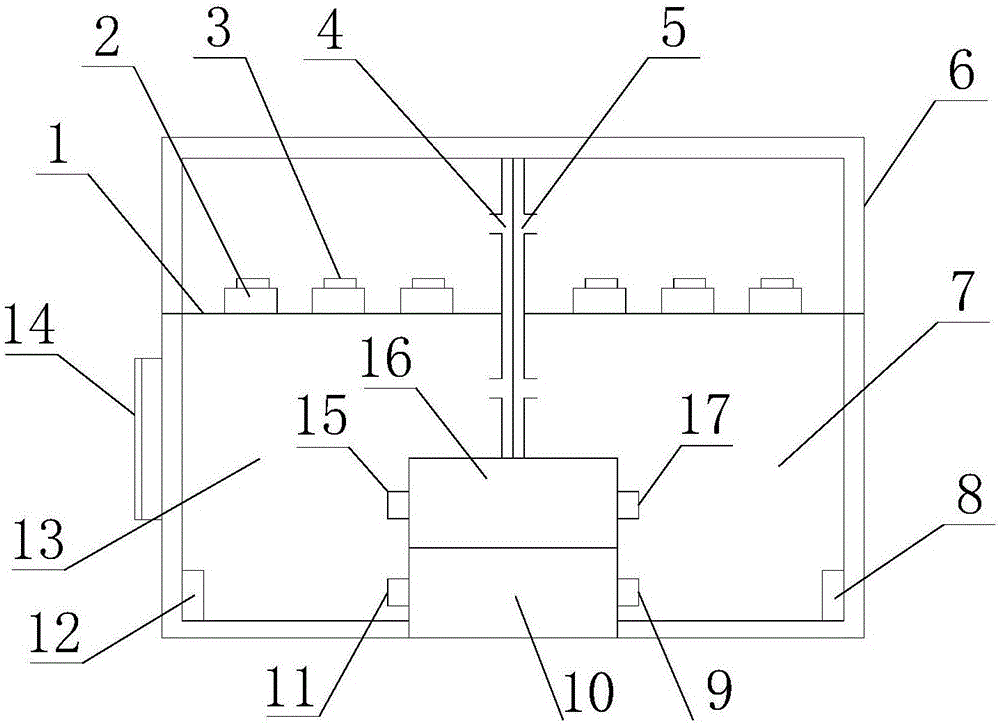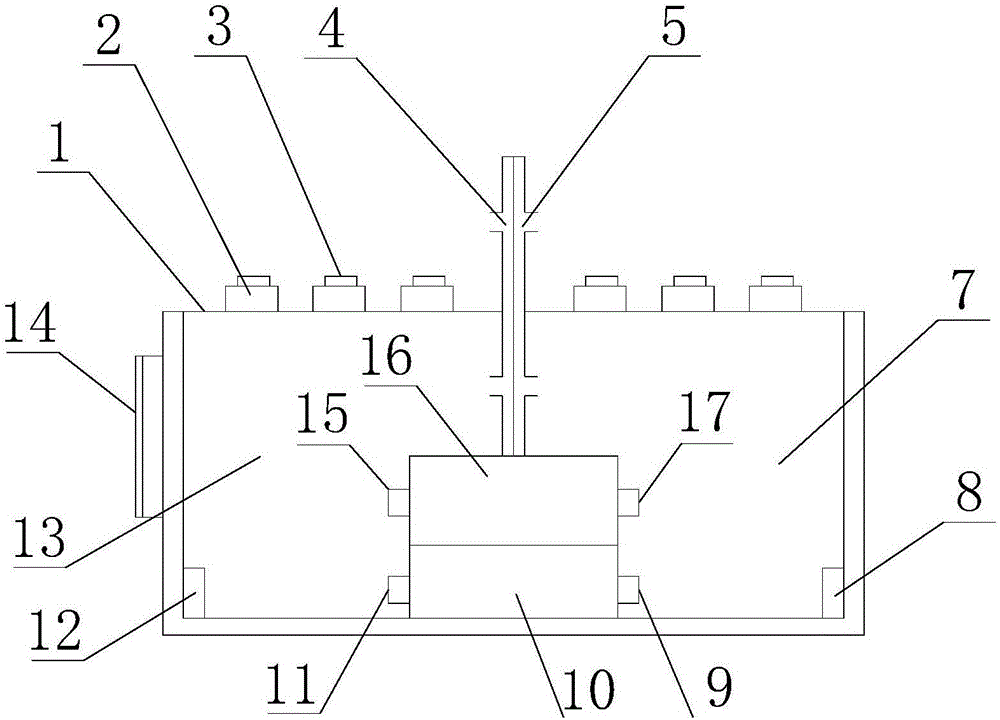Filter screen antianaphylaxis detection method and apparatus
An anti-allergic and detection method technology, applied in the direction of measuring devices, biological testing, material inspection products, etc., can solve the problem that allergen resistance cannot be identified by naked eyes
- Summary
- Abstract
- Description
- Claims
- Application Information
AI Technical Summary
Problems solved by technology
Method used
Image
Examples
Embodiment 1
[0033] Embodiment 1 of the present invention: a method for detecting anti-allergenicity of a filter, which is used to detect the anti-allergenicity of a filter in an air purification device, including the following steps:
[0034] S100: Cut the filter screen into sample A with a diameter of 50 mm; take two non-woven fabric samples with a diameter of 50 mm and record them as sample B and sample C;
[0035] S200: Sterilize sample A, sample B and sample C separately. If sample A can withstand high temperature and high pressure, sterilize at 121 degrees Celsius for 20 minutes; if sample A cannot tolerate high temperature and high pressure, rinse with sterile water for 11 minutes , Dry;
[0036] S300: Place sample A in a 250-ml sterile Erlenmeyer flask A, place sample B in a 250-ml sterile Erlenmeyer flask B, and place sample C in a 250-ml sterile Erlenmeyer flask C;
[0037] S400: Dip the diluent of the allergen solution on both sample A and sample B, and seal the mouth of the sterile Erl...
Embodiment 2
[0042] Embodiment 2: A method for detecting the anti-allergenicity of a filter, used to detect the anti-allergenicity of a filter in an air purification device, including the following steps:
[0043] S100: Cut the filter into sample A with a diameter of 50 mm; take two non-woven fabric samples with a diameter of 50 mm and record them as sample B and sample C;
[0044] S200: Sterilize sample A, sample B and sample C separately. If sample A can withstand high temperature and high pressure, sterilize at 121 degrees Celsius for 20 minutes; if sample A cannot tolerate high temperature and high pressure, sterilize with UV for 30 minutes;
[0045] S300: Place sample A in a 250-ml sterile Erlenmeyer flask A, place sample B in a 250-ml sterile Erlenmeyer flask B, and place sample C in a 250-ml sterile Erlenmeyer flask C;
[0046] S400: Dip the diluent of the allergen solution on both sample A and sample B, and seal the mouth of the sterile Erlenmeyer flask A, the sterile Erlenmeyer flask B and...
Embodiment 3
[0051] Embodiment 3: 1. A method for detecting the anti-allergenicity of a filter, used for detecting the anti-allergenicity of a filter in an air purification device, characterized in that it includes the following steps:
[0052] S100: Cut the filter into sample A with a diameter of 50 mm; take two non-woven fabric samples with a diameter of 50 mm and record them as sample B and sample C;
[0053] S200: Sterilize sample A, sample B and sample C separately. If sample A can withstand high temperature and high pressure, sterilize at 121 degrees Celsius for 20 minutes; if sample A cannot tolerate high temperature and high pressure, sterilize with UV for 30 minutes;
[0054] S300: Place sample A in a 250-ml sterile Erlenmeyer flask A, place sample B in a 250-ml sterile Erlenmeyer flask B, and place sample C in a 250-ml sterile Erlenmeyer flask C;
[0055] S400: Dip the diluent of the allergen solution on both sample A and sample B, and seal the mouth of the sterile Erlenmeyer flask A, the...
PUM
 Login to View More
Login to View More Abstract
Description
Claims
Application Information
 Login to View More
Login to View More - R&D
- Intellectual Property
- Life Sciences
- Materials
- Tech Scout
- Unparalleled Data Quality
- Higher Quality Content
- 60% Fewer Hallucinations
Browse by: Latest US Patents, China's latest patents, Technical Efficacy Thesaurus, Application Domain, Technology Topic, Popular Technical Reports.
© 2025 PatSnap. All rights reserved.Legal|Privacy policy|Modern Slavery Act Transparency Statement|Sitemap|About US| Contact US: help@patsnap.com


